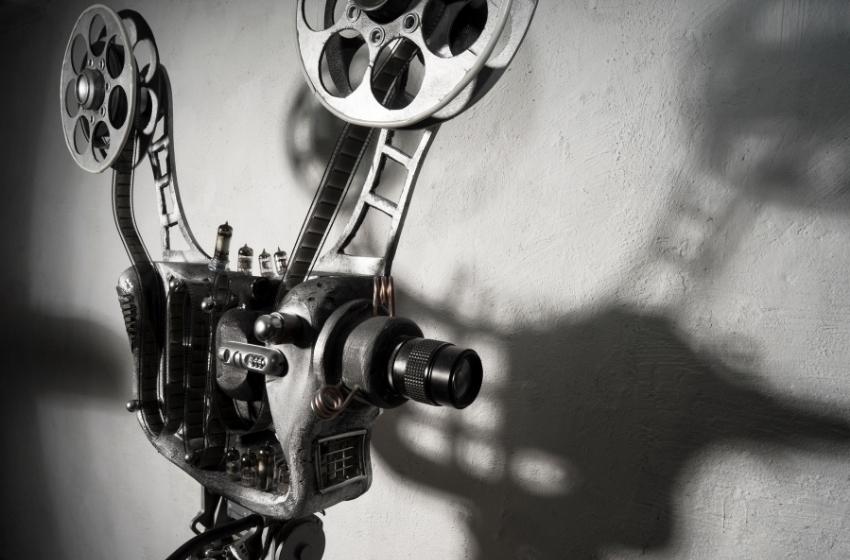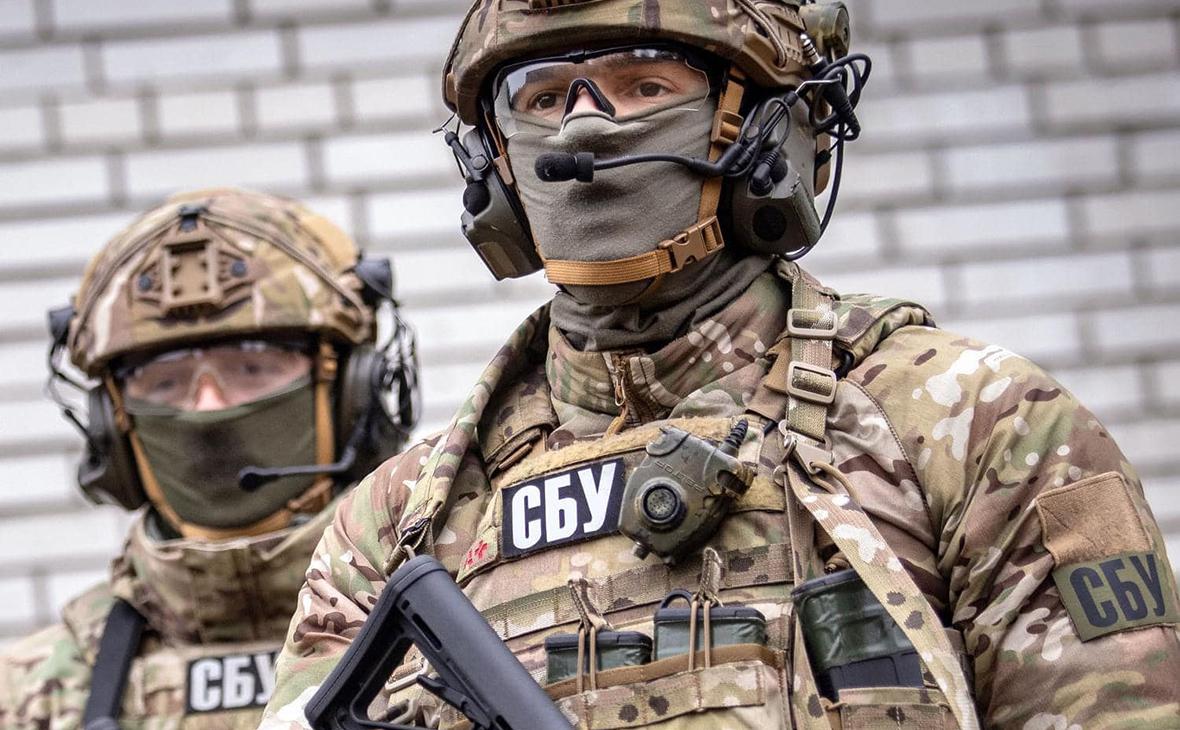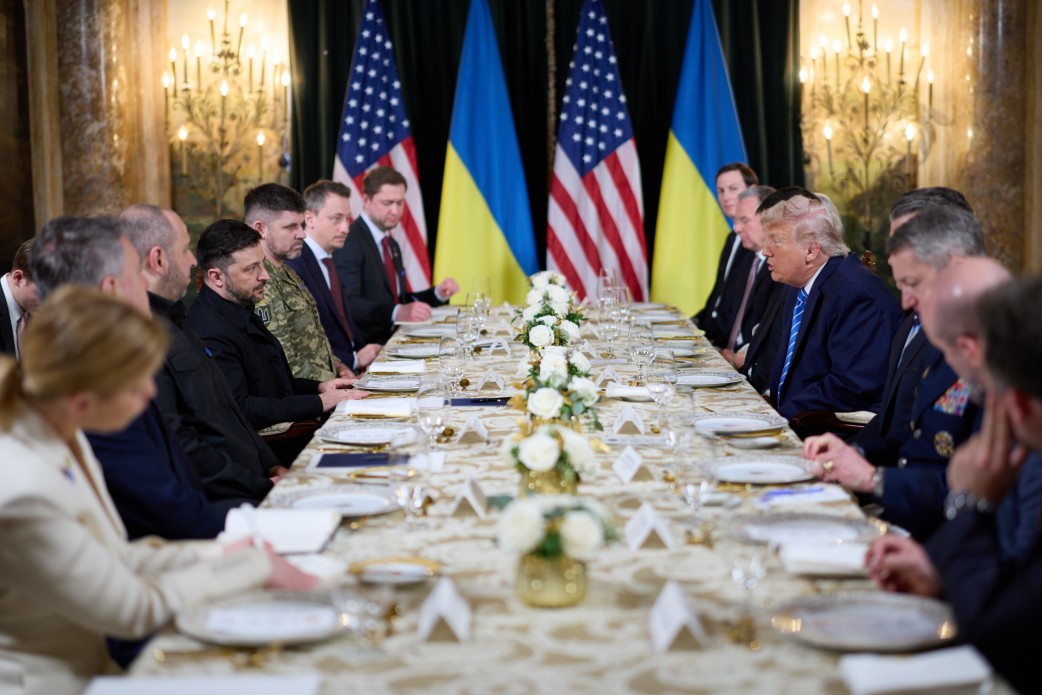Today the name of Joseph (Yosyp) Andreevich Timchenko is known only to a narrow circle of specialists. But this son of a Kharkov province peasant at one time became famous for inventions in the field of mechanics, meteorology, microsurgery, filming.
And even though the glory of the discoverers of cinema went to the more enterprising French brothers Lumière, we should rightfully be proud of our fellow countryman, who, almost two years before the events in the basement of the Parisian Grand Café, demonstrated in Odessa and then in Moscow to the stunned Russian public the world's first prototype movie camera and the first shooting of moving people.
In November 1893, a public demonstration of two films shot with the "kinescope" device of the inventor Yosyp Timchenko at the Odessa Hippodrome took place at the France Hotel in Odessa (on the corner of Deribasovskaya Street and Kolodyazny Lane): "The Rider" and "The Spear Thrower". And on January 9, 1894, he demonstrated these tapes on a screen using the same apparatus at a meeting of the physics section of the 9th Congress of Russian Physicians and Naturalists in Moscow.
The famous Polytechnic Museum in Moscow housed a movie camera by Joseph Timchenko with a sign "The first cinematography for shooting, printing and showing the tape."
The future inventor was born on November 26, 1852 in the village of Okop, Kharkov province, in the family of a serf peasant. He studied in the mechanical workshops of Kharkov University. Then he worked as a mechanic in the city.
When Timchenko was eleven years old, his father took him to the village of Udy and arranged for a parish school, which the boy successfully graduated from at the age of fourteen. At school, Joseph showed exceptional ability to craft. Great hopes were pinned on Joseph, and the parents decided to let the boy go "into science", "into people." Timchenko father took the 15-year-old boy to Kharkov. The brother of his mother Glazunov lived here. He served as a clerk in a bookstore and was familiar with many leaders of the Imperial Kharkov University.
Glazunov arranged for Joseph as an apprentice in the mechanical workshop of A.N. Edelberg - merchant of the 3rd guild, optician, physicist and mechanic, supplier of the Imperial Kharkov University. In addition to his academic work, he had an optics store and a workshop. It was in Edelberg's workshop that Timchenko's outstanding talent was formed.
A turning point in Joseph's life was one event. Edelberg received a large and responsible order. For the needs of the Poltava Exchange Chamber, it was necessary to make a large batch of precision goniometric instruments - astrolabes. This work required great skill from the performer. The order was fulfilled, the delicate filigree work was done. Twelve astrolabes were handed over by Edelberg's workshop to the customer, but when tested, only one copy was found to be flawless. It was a copy made by the hands of Joseph Timchenko.
In 1874, 22-year-old Timchenko arrived in Odessa with his pregnant wife Anastasia. Joseph was first hired as a labourer in the Odessa Shipping Company, where he quickly made a career. Helped natural talent for mechanics and design. A few years later, Tymchenko glorified himself and the whole of Odessa - he presented Emperor Alexander II with an electric chronometer of his own design. In response, the emperor gave the talented inventor his own gold watch with the coat of arms.
In 1880, Joseph managed the mechanical workshops of the Novorossiysk University in Odessa (he was the chief mechanic of the university). He begins to receive a solid salary. For more than 40 years Timchenko was in charge of the entire mechanical economy of the university. Here he got a unique opportunity to collaborate with the leading scientists of the university - I.I. Mechnikov, I.M. Sechenov, A.V. Klossovsky, F.N. Shvedov, N.A. Umov, A.O. Kovalevsky, A.K. Kononovich and others. In joint work with these outstanding scientists, his talent for fine and precise mechanics developed and developed.
Among the devices manufactured and invented by Timchenko, an anemorumbograph, which automatically recorded data on the strength and direction of the wind, a pluviograph, a self-recording mercury barometer, various seismographs, bathometers, barographs, chronometers, a mechanical software device for observing the movement in the orbits of celestial bodies with a telescope, a lecture an electrometer, a weighing device for explaining Pascal's law to students and other equipment.
At his own expense, in 1886, Timchenko built a mechanical workshop at the university, where he invented, repaired and adjusted machines and mechanisms, and not only for the departments of physics, mathematics and medical faculties of Novorossiysk University, but also on orders from other universities, from the Ministry of Public Education and the military department.
Private orders were pouring in, and the university was satisfied, because Timchenko was building an observatory and a meteorological station on his own. The money that was intended for the mechanic as a fee for the manufacture of instruments for the Meteorological Observatory, he gave to the construction of an underground pavilion necessary for magnetic observations.
In 1890, the inventor undertook his largest project: the automation of the mud hospital Kuyalnik resort. He created a system of supply and heating of therapeutic muds of his own design.
For various inventions, Timchenko won four gold and three silver medals at various international exhibitions.
Frankly speaking, Joseph Timchenko was not the inventor of cinema, but his research in this field was ahead of its time. The Lumière brothers embodied three basic principles of cinema in their apparatus: projection on the screen, film, and its intermittent motion. Timchenko, together with physicist Nikolai Lyubimov and inventor Mikhail Freidenberg, developed the snail hopping mechanism, which later became the basis for a device called a kinetoscope. This camera did not use film, but a disk photographic plate. It was a revolutionary invention that the inventors eventually did not patent.
In 1909, Joseph Timchenko was deprived of his workshop. The management of Odessa University has decided that the two-story building will be useful for other purposes, and the mechanic can live and work in one of the dormitories. As Timchenko himself wrote, the doctors wanted to "seize" the premises the most, although he had done a lot for their faculty over the years.
Joseph Timchenko transports part of the equipment to his native village of Okip in the Kharkov region, where at that time he managed to build a house, and continues to work. In 1912, the director of the Astronomical Observatory, Alexander Orlov, invited Timchenko to work for him, and the mechanic returned to Odessa.
But in 1914 the First World War began and the services of a mechanic were again needed by the State even more than before. The fact is that Timchenko designed a machine for making cartridges, which allowed to make them three times faster. Of course, with the help of the military, who simply needed such production, the inventor got back his workshop.
Little is known about the life of Joseph Andreevich after the revolution. In 1920, the Bolsheviks disbanded Odessa University. But Timchenko, apparently, continued to work in his studio almost until his death, which occurred on May 20, 1924.
The fate of Joseph Andreevich Timchenko is in many ways unique. It is difficult to recall the name of another person who, with only four grade school grades behind him, would have been at the forefront of scientific research and held a university position, collaborating with the leading scientists of the time. He was an exception to the rule.
His brilliant technical creations were applauded by Berlin and Vienna, Moscow and Paris, Peterburg and the eternally young Odessa, which became his destiny for many decades. His soul was torn between Odessa and Kharkov - two native cities for him, which made him a great Master.





















